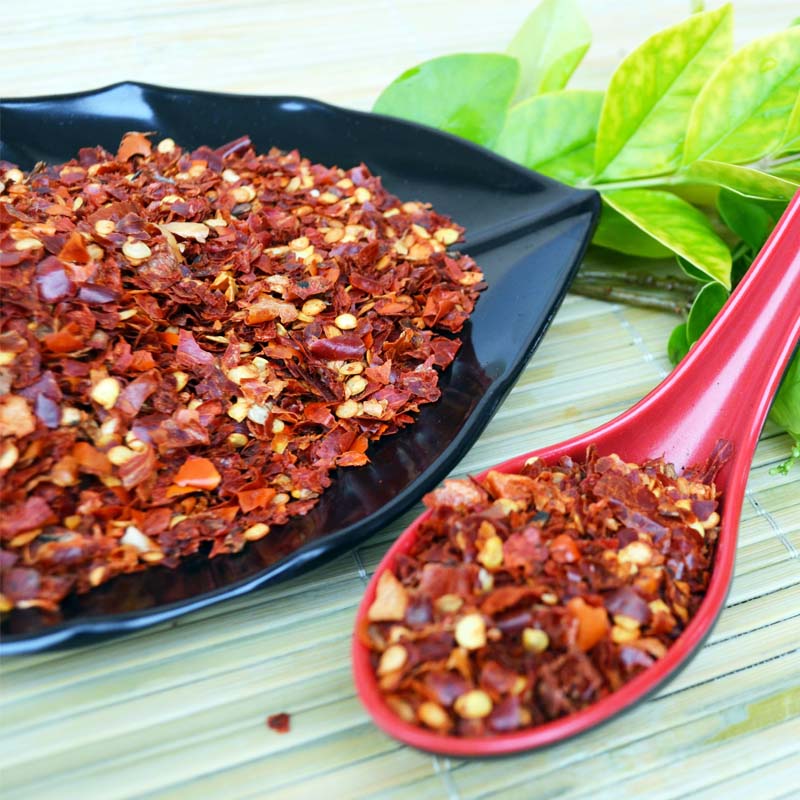- No. 268 Xianghe Street, Economic Development Zone of Xingtai city, Hebei 054001 China
- Byron@hbhongri.cn
sweet paprika spice
The Allure of Sweet Paprika Spice A Culinary Journey
Sweet paprika, with its vibrant red hue and mild flavor, is a spice that captivates the senses and adds depth to countless dishes. Originating from the Capsicum annuum plant, this spice has its roots in Central and South America but has become a staple in cuisines around the world, particularly in Hungary and Spain. In this article, we will explore the history, health benefits, culinary uses, and the unique charm that sweet paprika brings to the table.
A Brief History
Paprika's journey began long before it reached European kitchens. Indigenous peoples of the Americas were the first to cultivate various types of peppers. Spanish explorers brought these peppers back to Europe in the 16th century, leading to the development of paprika as we know it today. The spice quickly gained popularity, particularly in Hungary, where it became an essential ingredient in traditional dishes. Hungarian paprika is renowned for its quality and flavor, with different varieties ranging from sweet to hot, each with its distinct characteristics.
The Flavor Profile
Sweet paprika is characterized by its mild, slightly sweet flavor, which can vary from one origin to another. The sweet variant is not spicy at all, making it an ideal choice for those who prefer a gentler taste. Its vibrant color and rich flavor make it a favorite for seasoning vegetables, meats, and sauces. When used in cooking, sweet paprika enhances the visual appeal of a dish while lending a subtle depth of flavor, making it a versatile addition to any spice rack.
Health Benefits
Beyond its culinary applications, sweet paprika boasts a range of health benefits that make it a valuable addition to a balanced diet. Paprika is rich in antioxidants, particularly carotenoids, which help combat oxidative stress and inflammation in the body. These antioxidants are not only beneficial for overall health but can also play a role in maintaining healthy skin and vision.
sweet paprika spice

Moreover, sweet paprika contains vitamins A, E, and B6, along with essential minerals such as iron and potassium. These nutrients contribute to various bodily functions, including immune support, energy production, and healthy blood circulation. The spice's potential anti-inflammatory properties may also help reduce the risk of chronic diseases, making it a wise choice for health-conscious individuals.
Culinary Uses
The versatility of sweet paprika makes it an essential component in numerous cuisines. In Hungarian cuisine, it is the star ingredient in goulash, a hearty stew that showcases the spice’s rich flavor. Similarly, Spanish dishes often incorporate sweet paprika in chorizo and paella, where it adds a warm and smoky undertone.
Sweet paprika can also be used in more subtle ways. A sprinkle on deviled eggs or potato salad can elevate the dish’s flavor and presentation. Additionally, it can be mixed with olive oil and used as a marinade for meats or vegetables, infusing them with a warm, inviting flavor. The spice is also a popular ingredient in spice blends, lending its sweetness to recipes like harissa and barbecue rubs.
Conclusion
Sweet paprika is more than just a spice; it is a bridge between cultures, cuisines, and health. Its rich history, coupled with its versatility in cooking, makes it an essential ingredient in many kitchens worldwide. The spice not only enhances the flavor and presentation of dishes but also offers numerous health benefits. Whether you are a seasoned chef or a home cook, sweet paprika is an ingredient worth incorporating into your culinary repertoire.
As you sprinkle a bit of sweet paprika into your next dish, take a moment to appreciate its journey from the fields of Central America to your kitchen table. This humble spice encapsulates the essence of culinary exploration, bringing warmth and flavor to every meal. A dash of sweet paprika is not just seasoning; it is a celebration of taste, tradition, and the vibrant cultures that have embraced this delightful spice.
-
Turmeric Rhizome Powder: A Golden Treasure from Roots to TableNewsJul.28,2025
-
The Versatile Application Of Crushed Red Hot Peppers: Lighting Up The Red Flames On The Dining TableNewsJul.28,2025
-
The Paprika: A Touch Of Vibrant Red In Color, Flavor, And CultureNewsJul.28,2025
-
Ground Turmeric: A Modern Examination of an Ancient SpiceNewsJul.28,2025
-
Capsicum Liquid Extract: Features, Applications, and ChallengesNewsJul.28,2025
-
Application of Capsicum Liquid Extract in FoodNewsJul.28,2025







